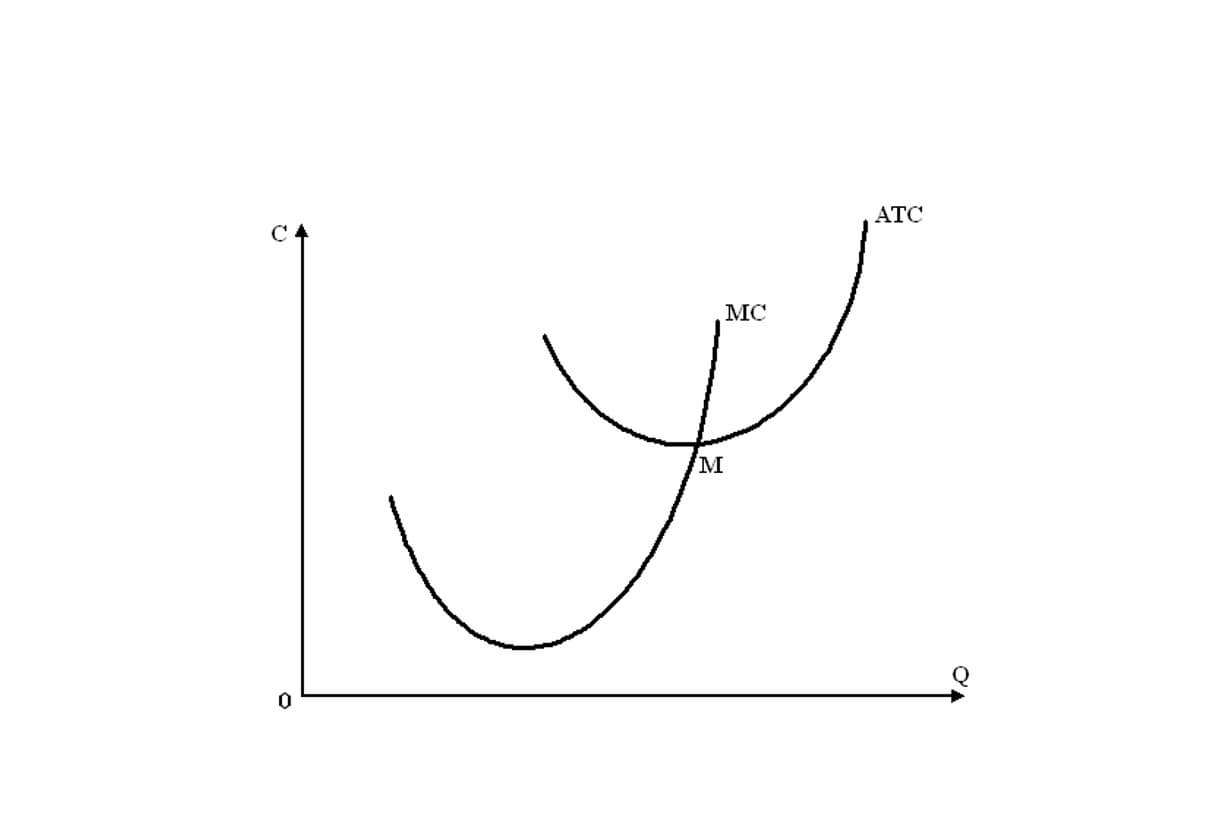

This step-by-step tutorial will guide you through setting up an accounting system in Excel. We’ll start with basic templates and move on to organizing data, creating formulas, Accounts Payable Management and generating reports. As you can see, Excel can perform a large number of tasks and is easily available. Excel isn’t going anywhere, and small businesses in the US will continue to use this program as the main tool for diverse functions, such as business accounting. You should understand and appreciate how the use of MS Excel for small-business bookkeeping and accounting has changed over the last couple of years.


Let’s build your business together
- Net income in the income statement increases equity (account No. 4800), which is a balance sheet account.
- Invite your accountant to access your books for seamless collaboration.
- Piles of receipts are scattered across your desk, invoices are buried in your email, and the thought of tax season keeps you up at night.
- Keep the formulas for the subtotals so that you can check your work.
- As an accountant, you need to create a lot of reports and with VBA you can automate all those reports that you usually create manually.
With Novo Business Banking, you can add details to every transaction, including categories, notes, images, documents. You can also export all of this data in a CSV file for easier bookkeeping in Excel. These can either be set up as separate sheets (or tabs on the same spreadsheet) or set up in one comprehensive sheet.
Accounting Journal Template
Formulas and functions automate totals, averages, and percentages. For example, SUM() adds values, and IF() can classify expenses. Most spreadsheets have import wizards to guide you in selecting the right columns and formats. Review and clean data after import by removing duplicates or fixing date formats.
- Excel offers diverse templates and functions for this task, facilitating ageing analysis, maintaining customer balances, and creating invoice tracking sheets.
- Copy and paste the data from the invoice template you downloaded into the new sheet.
- The number of debit and credit entries, however, may be different.
- As we mentioned briefly above, if you think your business will benefit from a double-entry bookkeeping system, you’ll definitely want to look for an alternative solution.
- Record revenue and expenses, then calculate the net income by subtracting total expenses from total revenue.
- Protect sensitive data with user-access levels and share reports without sharing a log-in.
Download our free Excel accounting template
Terms, conditions, pricing, special features, and service and support options subject to change without bookkeeping services notice. Key business tools and third-party apps work better together when they’re under one roof. Track money in and out, run payroll, and make and accept payments—all on one integrated platform. You may want to make a copy of each one at the end of the month, and either save it or upload it to the cloud. Come tax season, your accountant will need your income sheets for the year.


Use the following steps to set up your bookkeeping system in Excel. Anaging your day-to-day finances is one of the most important tasks of any small business. Bookkeeping is Online Accounting the process of recording daily business transactions. Having a good system for bookkeeping will help keep your business finances organized year-round. In order to set up your balance sheet in Excel, you will want to link the corresponding transactions to the correct category in your balance sheet.
- Note, each QuickBooks Live offering requires an active QuickBooks Online subscription and additional terms, conditions, limitations and fees apply.
- Similarly, you would credit inventory, since you credit an asset while recording a decrease.
- Optimize inventory, streamline production workflows, and reduce errors with real-time data and mobile solutions, enhancing efficiency and boosting profitability.
- Whether you are managing small business accounts or handling more extensive corporate finances, Excel’s flexibility and functionality can meet your needs.
- Excel is essential for managing financial data, creating budgets, tracking expenses, and generating financial reports in accounting.


Use pivot tables to see total expenses by type or track income sources over time. Use IF statements to set rules, such as highlighting expenses above a certain amount. VLOOKUP helps pull data from other tables, saving time when cross-referencing accounts. Group similar accounts, such as assets, liabilities, income, and expenses, to track totals by category. Use the same formatting for numbers and dates to prevent confusion.


Your free 30-day trial awaits
Intuit reserves the right to change these hours without notice. Terms, conditions, pricing, service, support options, and support team members are subject to change without notice. Once you’ve customized the income statement template for your business, you’ll mostly be using the Transactions sheet.



